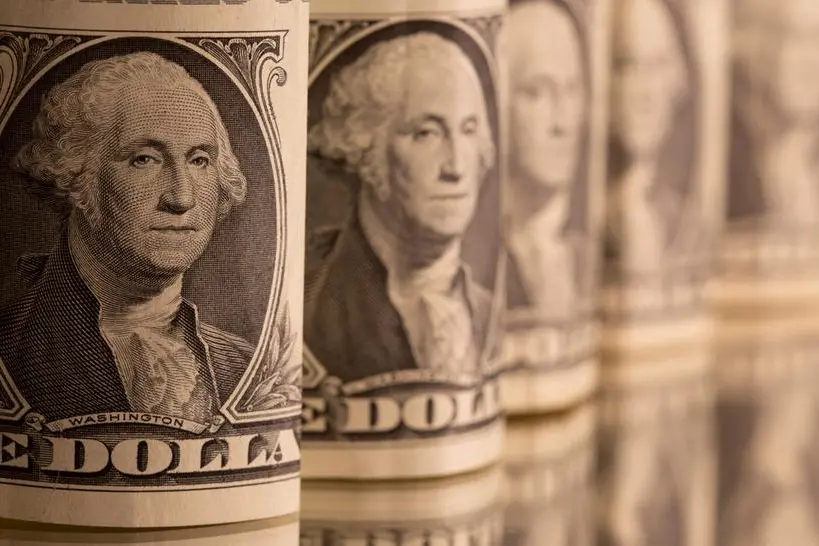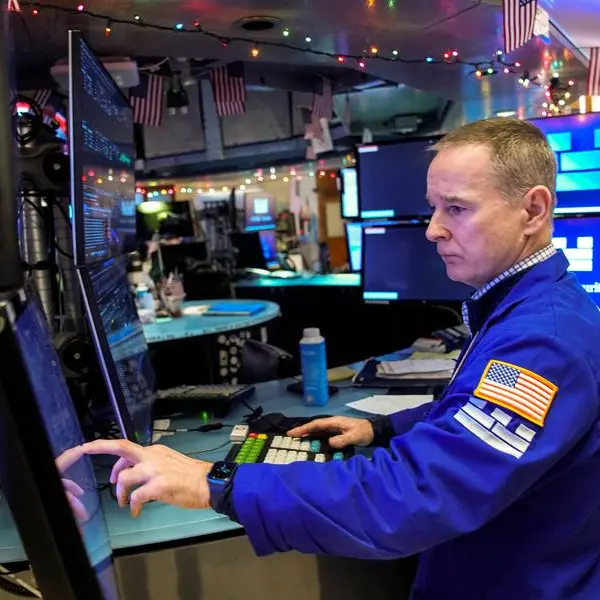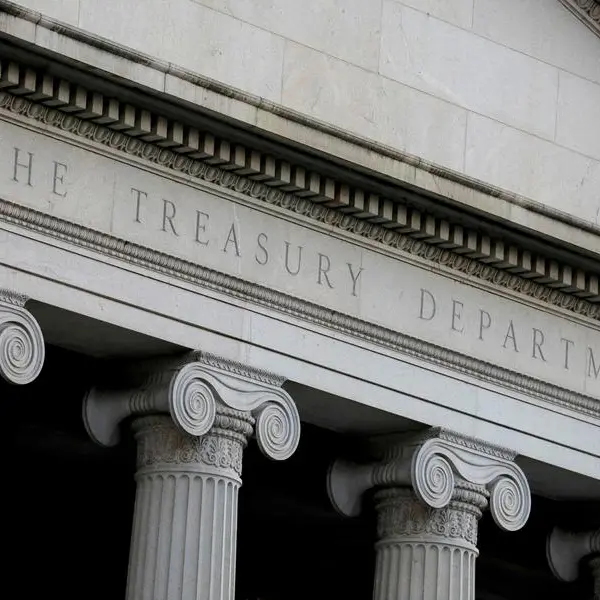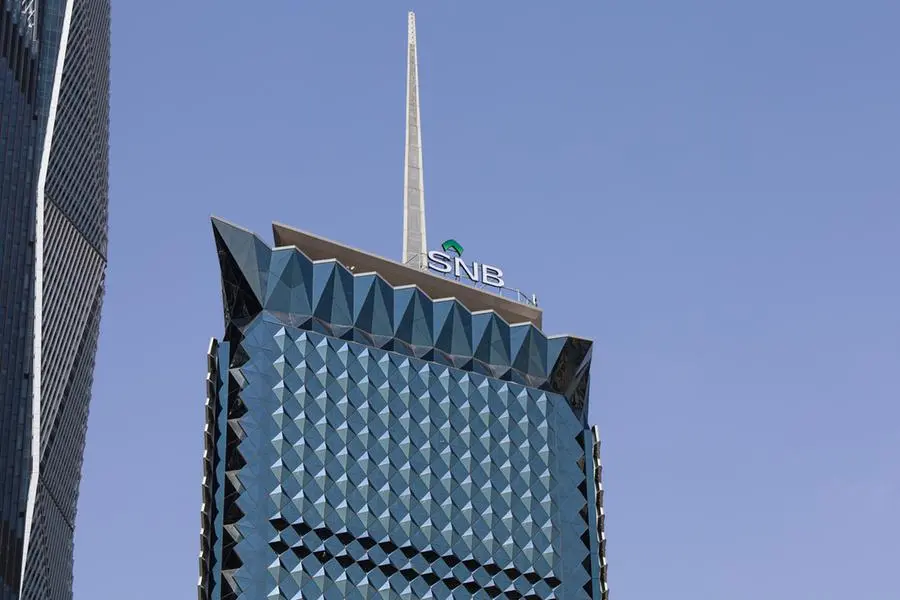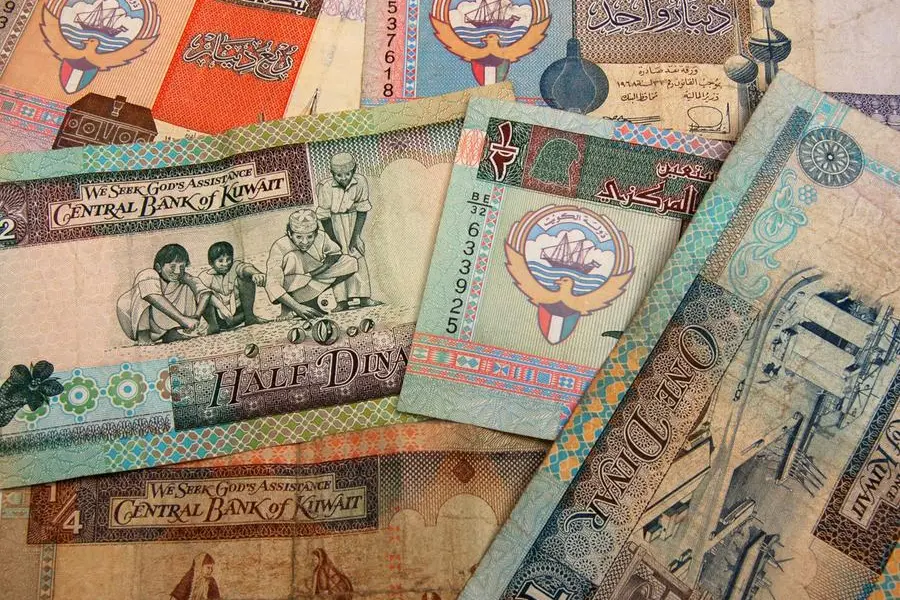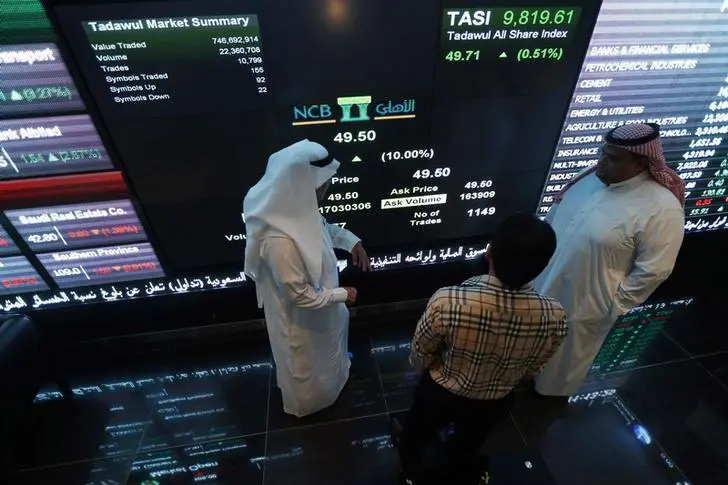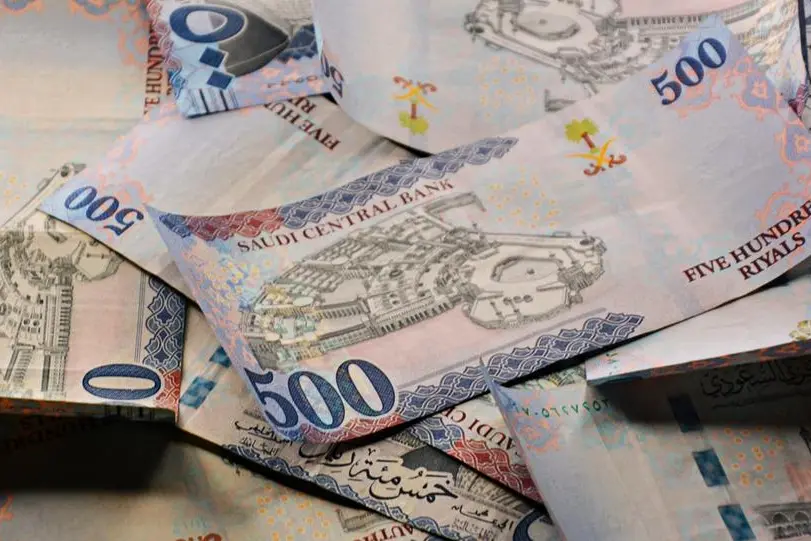PHOTO
(The opinions expressed here are those of the author, a columnist for Reuters.)
ORLANDO, Florida - All three major U.S. asset classes – stocks, bonds and the currency – have had a turbulent 2025 thus far, but only one has failed to weather the storm: the dollar. Hedging may be a major reason why.
Wall Street's three main indices and the ICE BofA U.S. Treasury index are all slightly higher for the year to date, despite the post-'Liberation Day' volatility, while the dollar has steadily ground lower, losing around 10% of its value against a basket of major currencies and breaking long-standing correlations along the way.
The dollar was perhaps primed for a fall. It's easy to forget, but only a few months ago the 'U.S. exceptionalism' narrative was alive and well, and the dollar scaling heights rarely seen in the past two decades.
But that narrative has evaporated, as U.S. President Donald Trump's controversial economic policies and isolationist posture on the global stage have made investors reconsider their exposure to U.S. assets.
But why is the dollar feeling the burn more than stocks or bonds?
PENSION FUND-AMENTALS
Non-U.S. investors often protect themselves against sharp currency fluctuations via the forward, futures or options markets. The difference now is that the risk premium being built into U.S. assets is pushing them – especially equity holders – to hedge their dollar exposure more than they have in the past.
Foreign investors have long hedged their bond exposure, with dollar hedge ratios traditionally around 70% to 100%, according to Morgan Stanley, as currency moves can easily wipe out modest bond returns.
But non-U.S. equity investors have been much more loath to pay for protection, with dollar hedge ratios averaging between 10% and 30%. This is partly because the dollar was traditionally seen as a 'natural' hedge against stock market exposure, as it would typically rise in 'risk off' periods when stocks fell. The dollar would also normally appreciate when the U.S. economy and markets were thriving – the so-called 'Dollar Smile' – giving an additional boost to U.S. equity returns in good times.
A good barometer of global 'real money' investors' view on the dollar is how willing foreign pension and insurance funds are to hedge their dollar-denominated assets. Recent data on Danish funds' currency hedging is revealing.
Danish funds' U.S. asset hedge ratio surged to around 75% from around 65% between February and April. According to Deutsche Bank analysts, that 10 percentage point rise is the largest two-month increase in over a decade.
Anecdotal evidence suggests similar shifts are taking place across Scandinavia, the euro zone and Canada, regions where dollar exposure is also high.
The $266 billion Ontario Teachers' Pension Plan reported a $6.9 billion foreign currency gain last year, mainly due to the stronger dollar. Unless the fund has increased its hedging ratio this year, it will be sitting on huge foreign currency losses.
"Investors had embraced U.S. exceptionalism and were overweight U.S. assets. But now, investors are increasing their hedging," says Sophia Drossos, economist and strategist at the hedge fund Point72.
And there is a lot of dollar exposure to hedge. At the end of March foreign investors held $33 trillion of U.S. securities, with $18.4 trillion in equities and $14.6 trillion in debt instruments.
RIDING OUT THE STORM
The dollar's malaise has upended its traditional relationships with stocks and bonds. Its generally negative correlation with stocks has reversed, as has the usually positive correlation with bonds. The divergence with Treasuries has gained more attention, with the dollar diving as yields have risen. But as Deutsche Bank's George Saravelos notes, the correlation breakdown with stocks is "very unusual".
When Wall Street has fallen this year the dollar has fallen too, but at a much faster pace. And when Wall Street has risen the dollar has also bounced, but only slightly. This has led to the strongest positive correlation between the dollar and S&P 500 in years, though that's a bit deceptive, as the dollar is sharply down on the year while stocks are mildly stronger.
Of course, what we could be seeing is simply a rebalancing. Saravelos estimates that global fixed income and equity managers' dollar exposure was at near record-high levels in the run-up to the recent trade war. This was a "cyclical" phenomenon over the last couple of years rather than a deep-rooted structural one based on fundamentals, meaning it could be reversed relatively quickly.
But, regardless, the dollar's hedging headwind seems likely to persist.
"Given the size of foreign holdings of both stocks and bonds, even a modest uptick in hedge ratios could prove a considerable FX flow," Morgan Stanley's FX strategy team wrote last month. "As long as uncertainty and volatility persist, we think that hedge ratios are likely to rise as investors ride out the storm."
(The opinions expressed here are those of the author, a columnist for Reuters)
Enjoying this column? Check out Reuters Open Interest (ROI), your essential new source for global financial commentary. ROI delivers thought-provoking, data-driven analysis. Markets are moving faster than ever. ROI can help you keep up. Follow ROI on LinkedIn and X.
(By Jamie McGeever; Editing by Kirsten Donovan)
